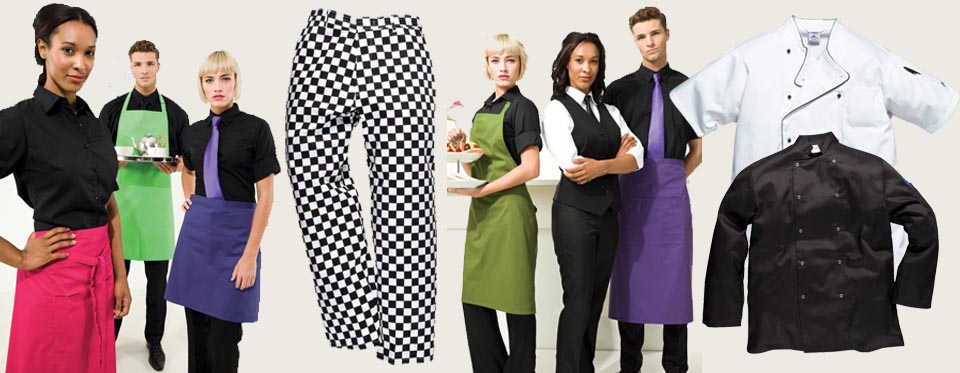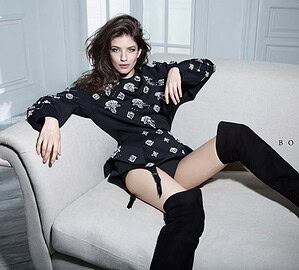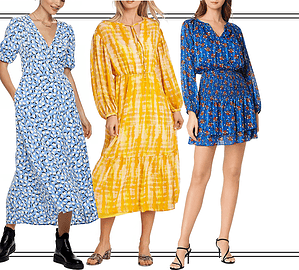 The uniform of a chef is instantly recognizable and has been developed with both form and function in mind. Some components that you might think are purely aesthetic actually serve quite useful purpose. A kitchen demonstrates excellence not only in churning out food of a superior quality but also in the cleanliness and attention to hygiene that those who prepare it adhere to. Chefs who work in professional food preparation must follow specific rules for uniforms and presentation, depending on the establishment and the federal and local government regulations. Clothing retailers manufacture garments, such as those in the line for Dickies chefwear, that adhere to the most common standards. Here are some of the garment and accessory staples you’ll see in most kitchens.
The uniform of a chef is instantly recognizable and has been developed with both form and function in mind. Some components that you might think are purely aesthetic actually serve quite useful purpose. A kitchen demonstrates excellence not only in churning out food of a superior quality but also in the cleanliness and attention to hygiene that those who prepare it adhere to. Chefs who work in professional food preparation must follow specific rules for uniforms and presentation, depending on the establishment and the federal and local government regulations. Clothing retailers manufacture garments, such as those in the line for Dickies chefwear, that adhere to the most common standards. Here are some of the garment and accessory staples you’ll see in most kitchens.
Jacket
Traditional chef jackets are double breasted and comprised of heavy white cotton material. The strength of the fabric protects the wearer from the strong heat that ovens and stoves emit, as well as oil and additional hot liquid splattering. The fact that it’s double breasted is not only helpful for the double-layered barrier it provides, but also means one can re-button it on the opposite side to conceal any spills. Buttons have historically been made of knotted cloth, making them stronger over repeated washings and less likely to break like metal or plastic versions, which can then turn up in food. Although you can find a variety of jacket colors, white is the most typically seen color, in part because it conveys a sense of cleanliness, but also because it can be easily bleached.
Pants
Choosing dark or checkered pants is helpful because it helps conceal food stains that are inherent in kitchen labor. Loose-fitting styles are ideal, as they keep the cook cool with breathability and protect the worker from burns. They are also comfortable and enable easy maneuverability, crucial in the fast-paced environment of a kitchen. However, bottoms that are too baggy should be avoided as they are more prone to catching fire. Cuffed pants should also be steered clear of, as cuffs can trap debris and hot liquids.
Hat
The chef’s hat has been popular historically, both for allowing easy identification of who’s in charge, but also for hygiene reasons: keeping one’s hair out of the food. In addition, these assist in moisture absorption from brows, a common issue when you’re moving around a lot in a warm environment.
Shoes
Footwear must be skid-resistant and fully-enclosed, due to the frequency of kitchen spills. Those with open-toes or made from fabric are also generally prohibited. As chefs are on their feet for long periods of time, comfort is foremost.



